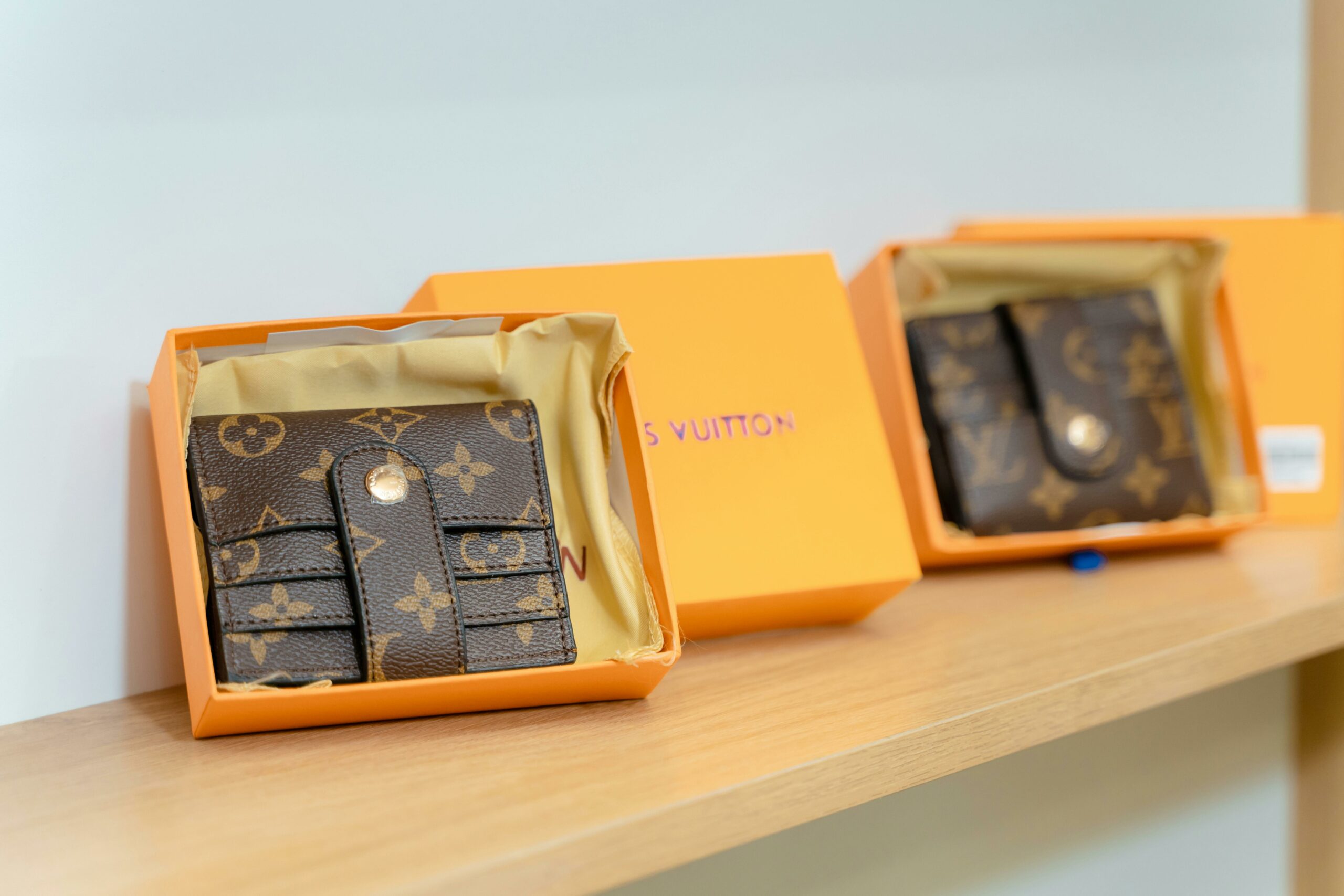The Japanese inherited tea from the empire of China: A country where the art of tea was already ages old – a gentle pleasure that ran back to antiquity.
It is perhaps fitting that tea arrived in Japan in 805, the same century that saw the writing of the Cha Ching (The Classic of Tea) by Lu Yu. With its publication the Chinese consumption of tea became a form of art, whereas in Japan it was drunk by poor monks in dark monasteries. Tea was only born in Japan after it had reached its apex in China… and in the Land of the Rising Sun, a culture of tea would arise that would be unique and wonderful.
The tea culture in Japan is credited to have begun with the monk Eisai: A follower of the Buddhist Tendai sect, he traveled to China on pilgrimage and mounted the stairs to the sacred mountain of Tiantai. In the manner of most zealots he had become disgruntled with the state of Buddhism in his homeland and he sought to find a purer creed in the divine heights of China. He was not disappointed; on Tiantai he discovered both the primacy of the Chan sect and a man who gifted him tea seeds. He brought both back to Japan in 1191, and in 1214 he wrote the first treatise on tea in Japan. This he gave as a gift to the Shogun in that same year and within a decade, tea had gone from a beverage enjoyed by monks, to an infusion favoured by the gentry and the priesthood alike.
Gradually the culture of tea became more refined – the ever influential Chinese had made the consumption of tea part and parcel of diverse artistic activities: poetry; calligraphy; painting; philosophising. In Japan the idea of tea as a concept of art and philosophy developed into a ritual emphasising the beauty and simplicity of nature. This ritual, itself a form of art, was developed fully by one Sen No Rikyu. Rikyu expanded on the Japanese aesthetic of wabi-sabi – an aesthetic highlighting the imperfection and transience of life – and added to it the ideal of simplistic, rustic beauty. A poem by Fujwara Ietake gives voice to his ideal:
Show them who wait
Only for flowers
There in the mountain villages:
Grass peaks through snow
And with it, Spring
Rikyu established the ideal size of the tea room: Less than 4.5 tatami mats. This reduction in size was wedded to a simplification of interior adornment which served to focus attention on the host and the guests. He gave preference to the beautiful imperfection of Raku tea bowls – which were hand thrown – and exemplified the ideals of wabi-sabi. Raku ceramics are made by placing red hot vessels in containers filled with combustible materials. The materials were left to ignite in the closed containers. This combustion affects the colour of the glazing and can result in small cracks on the vessels surface.
You can find Raku pottery on bidorbuy.
There are many other implements required for the Japanese tea ceremony. The tea mainly used is matcha tea, a powdered green tea which is dissolved in the hot water with a tea whisk. While you can buy tea whisks on bidorbuy they are quite specialised and expensive items. Another piece of teaware used in the ceremony is a cast iron tea pot called a tetsubin. Originally a large iron pot called a kama was used to heat tea for the ceremony; tetsubins are usually utilized for brewing leaf tea (sencha). You can find testubin tea pots on bidorbuy.
The story of Rikyu has a bitter end, much like the tea he enjoyed in life. Rikyu was a close confidant of the daimyo Hideyoshi Toyotomi – a major power player viaing for complete control of Japan. Somehow Rikyu fell into disfavour with his lord over reasons that are uncertain. Toyotomi ordered him to commit Seppuku: ritual suicide. In his last act of life he invited his friends to a tea ceremony. There he performed all functions of the task with the grace of an accomplished master. Gifting pieces of the ceremony to his guests he at last held up the beautiful tea bowl for all to admire and then cast it to shatter on the ground. “Never again shall this cup, polluted by the lips of misfortune, be used by mortal man.” he uttered. Then he penned his death poem. Only one remained to bear witness to this final act. After Rikyu’s death, the witness looked upon his final work:
Welcome to thee
O Sword of Eternity!
Through Buddha
And through Daruma alike
Thou hast cleft thy way.














